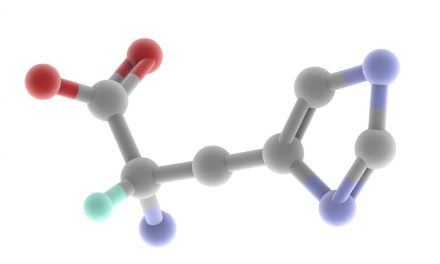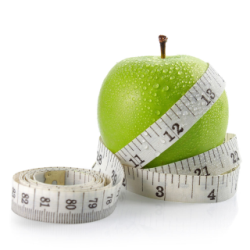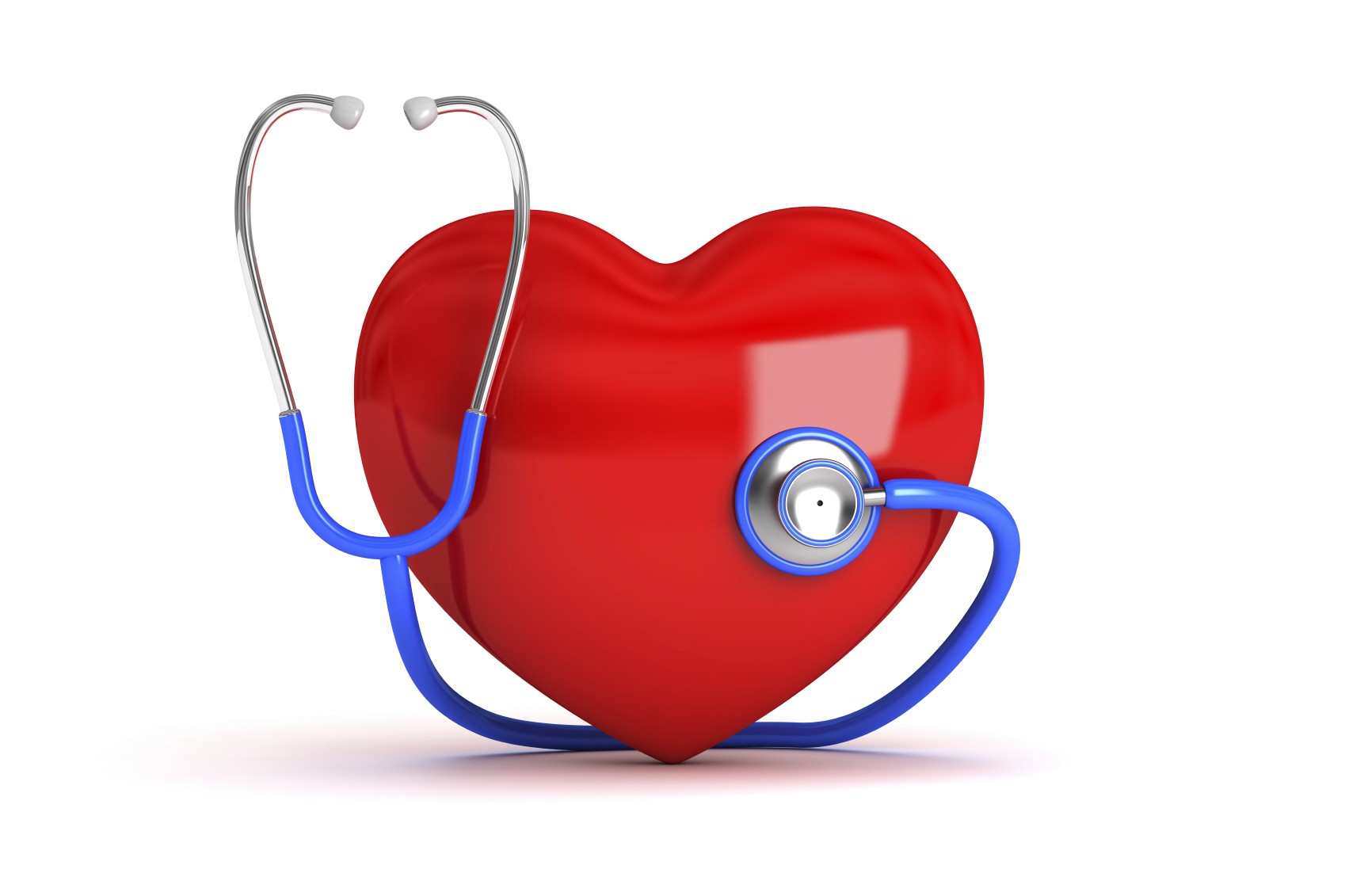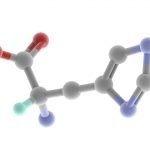Article content taken from “2008 Physical Activity Guidelines for Americans” by www.health.gov/paguidelines for informational purposes.
All Americans should be regularly physically active to improve overall health and fitness and to prevent many adverse health outcomes. The benefits of physical activity occur in generally healthy people, in people at risk of developing chronic diseases, and in people with current chronic conditions or disabilities. This chapter gives an overview of research findings on physical activity and health. The box on page 8 provides a summary of these benefits.
Physical activity affects many health conditions, and the specific amounts and types of activity that benefit each condition vary. In developing public health guidelines, the challenge is to integrate scientific information across all health benefits and identify a critical range of physical activity that appears to have an effect across the health benefits. One consistent finding from research studies is that once the health benefits from physical
activity begin to accrue, additional amounts of activity provide additional benefits.
Although some health benefits seem to begin with as little as 60 minutes (1 hour) a week, research shows that
a total amount of 150 minutes (2 hours and 30 minutes) a week of moderate-intensity aerobic activity, such as
brisk walking, consistently reduces the risk of many chronic diseases and other adverse health outcomes.
Examining the Relationship Between Physical Activity and Health
In many studies covering a wide range of issues, researchers have focused on exercise, as well as on the more broadly defined concept of physical activity.
Exercise is a form of physical activity that is planned, structured, repetitive, and performed with the goal of improving health or fitness. So, although all exercise is physical activity, not all physical activity is exercise. Studies have examined the role of physical activity in many groups—men and women, children, teens, adults, older adults, people with disabilities, and women during pregnancy and the postpartum period. These studies have focused on the role that physical activity plays in many health outcomes, including:
- Premature (early) death;
- Diseases such as coronary heart disease, stroke, some cancers, type 2 diabetes, osteoporosis, and depression;
- Risk factors for disease, such as high blood pressure and high blood cholesterol;
- Physical fitness, such as aerobic capacity, and muscle strength and endurance;
- Functional capacity (the ability to engage in activities needed for daily living);
- Mental health, such as depression and cognitive function; and
- Injuries or sudden heart attacks.
These studies have also prompted questions as to what type and how much physical activity is needed for various health benefits. To answer this question, investigators have studied three main kinds of physical activity: aerobic, muscle-strengthening, and bone-strengthening. Investigators have also studied balance and flexibility activities.
Aerobic Activity
In this kind of physical activity (also called an endurance activity or cardio activity), the body’s large muscles move in a rhythmic manner for a sustained period of time. Brisk walking, running, bicycling, jumping rope, and swimming are all examples. Aerobic activity causes a person’s heart to beat faster than usual. Aerobic physical activity has three components:
- Intensity, or how hard a person works to do the activity. The intensities most often examined are moderate intensity (equivalent in effort to brisk walking) and vigorous intensity (equivalent in effort to running or jogging);
- Frequency, or how often a person does aerobic activity;
- Duration, or how long a person does an activity in any one session.
Although these components make up a physical activity profile, research has shown that the total amount of physical activity (minutes of moderate-intensity physical activity, for example) is more important for achieving health benefits than is any one component (frequency, intensity, or duration).
Muscle-Strengthening Activity
This kind of activity, which includes resistance training and lifting weights, causes the body’s muscles to work or hold against an applied force or weight. These activities often involve relatively heavy objects, such as weights, which are lifted multiple times to train various muscle groups. Muscle-strengthening activity can also be done by using elastic bands or body weight for resistance (climbing a tree or doing push-ups, for example).
Muscle-strengthening activity also has three components:
- Intensity, or how much weight or force is used relative to how much a person is able to lift;
- Frequency, or how often a person does muscle-strengthening activity;
- Repetitions, or how many times a person lifts a weight (analogous to duration for aerobic activity).
- The effects of muscle-strengthening activity are limited to the muscles doing the work. It’s important to work all the major muscle groups of the body: the legs, hips, back, abdomen, chest, shoulders, and arms.
Bone-Strengthening Activity
This kind of activity (sometimes called weight-bearing or weight-loading activity) produces a force on the bones that promotes bone growth and strength. This force is commonly produced by impact with the ground. Examples of bone-strengthening activity include jumping jacks, running, brisk walking, and weight-lifting exercises. As these examples illustrate, bone-strengthening activities can also be aerobic and muscle strengthening.
to be continued…
For more informations visit www.health.gov












